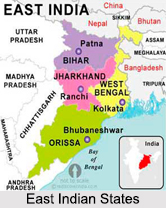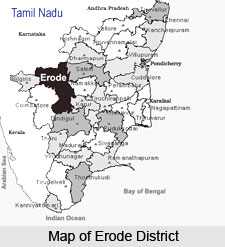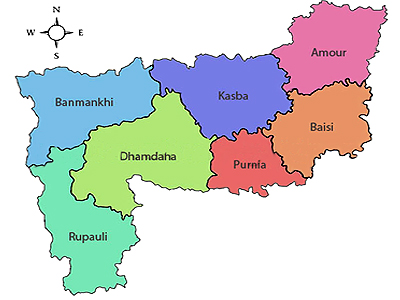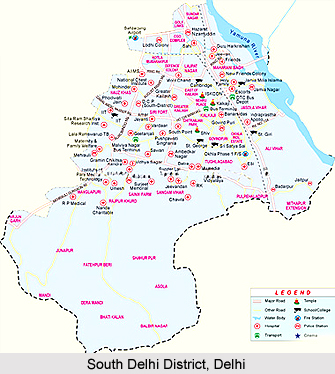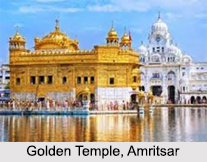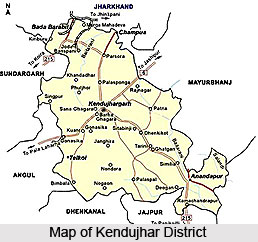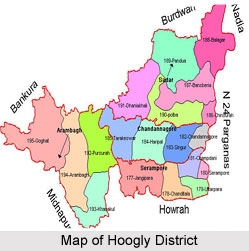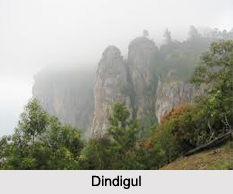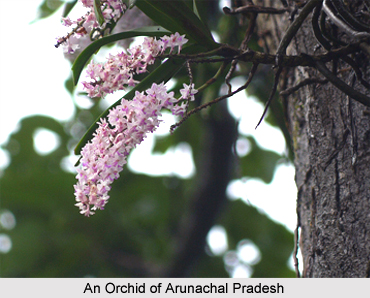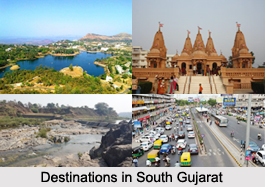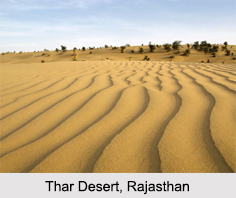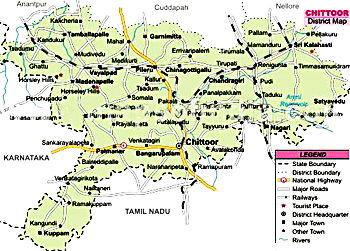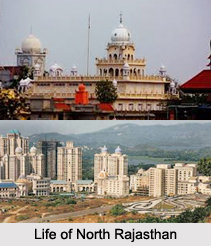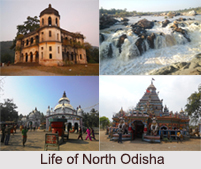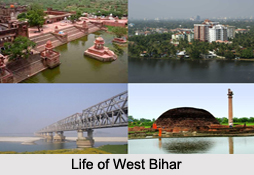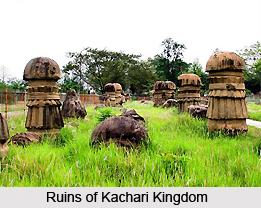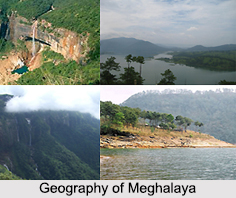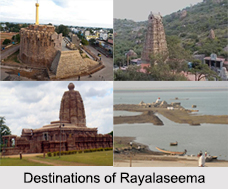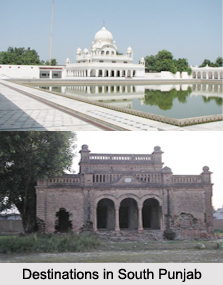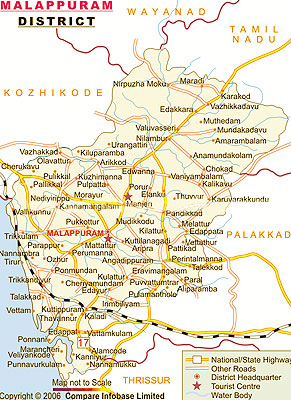 The historical legacy of the Malappuram district is one of a rich culture and tradition. Malappuram district took its birth on 16-6-1969. It is situated on the Calicut - Chennai road, 12 km. south - west of Manjeri and 52 km. south - west of Calicut. Malappuram is the head quarters of the district. In the early days, Malappuram was the headquarters of the European and British troops. Before Indian independence in 1947, Malappuram was a part of Malabar District in the Madras Presidency of British India. The area covered by the present district was administered as a part of Kozhikode, Ernad, Valluvanad and Ponnani taluks. Malabar District remained part of Chennai state for some time after Indian independence.
The historical legacy of the Malappuram district is one of a rich culture and tradition. Malappuram district took its birth on 16-6-1969. It is situated on the Calicut - Chennai road, 12 km. south - west of Manjeri and 52 km. south - west of Calicut. Malappuram is the head quarters of the district. In the early days, Malappuram was the headquarters of the European and British troops. Before Indian independence in 1947, Malappuram was a part of Malabar District in the Madras Presidency of British India. The area covered by the present district was administered as a part of Kozhikode, Ernad, Valluvanad and Ponnani taluks. Malabar District remained part of Chennai state for some time after Indian independence.
The district has long been a part of Indian history, by means of the support it gave in terms of participation in the Indian national movement. Malappuram has been a part of the Khilafat movement as well as the Moplah rebellion. The latter was a protest by the Muslims of Malabar against the abolition of the Islamic Caliphate in Turkey by the British. Malappuram was also the scene of the Malabar rebellion of 1921 which was suppressed by the Malabar Special Police (M.S.P)
On 1 November 1956, Malabar District was merged with Travancore-Cochin to form the state of Kerala. Large-scale changes in the territorial jurisdiction of this tract took place in 1957 and 1969. On 1 January 1957, Tirur taluk was newly formed, taking portions of Ernad and Ponnani taluks. Another portion of Ponnani taluk was transferred to the newly formed Chavakkad taluk. The residuary portion constitutes present-day Ponnani taluk. Perinthalmanna was a new taluk formed out of the erstwhile Valluvanad taluk. Of these, Ernad and Tirur continued under Kozhikode District and Perinthalmanna as well as Ponnani under the Palakkad District.
The new district of Malappuram was formed with four taluks, Ernad, Perinthalmanna, Tirur and Ponnani, four statutory towns, fourteen developmental blocks and 95 panchayats. Two more taluks, namely Tirurangadi and Nilambur, were formed later by bifurcating Tirur and Ernad taluks. At present Malappuram District consists of 2 Revenue Divisions, 6 Taluks, 135 Villages, 14 blocks, 5 Municipalities and 100 Panchayats.
